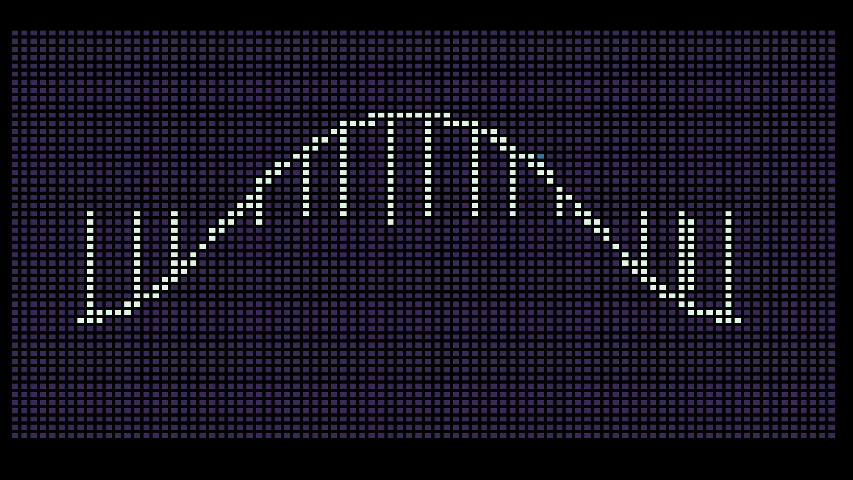This week in MathOnco 325
Peto's paradox, the end of genetics, spatial heterogeneity, ensemble control, and more...
“This week in Mathematical Oncology” — Mar 20, 2025
> mathematical-oncology.org
From the editor:
Welcome to another edition of the math oncology newsletter! In addition to the papers below, please check out this week’s interview with David Basanta, and also check out the Evolutionary Biology and Ecology of Cancer - Workshop on 30 June–3 July 2025 too.
Enjoy,
Jeffrey West
jeffrey.west@moffitt.org
No evidence for Peto’s paradox in terrestrial vertebrates
George Butler, Joanna Baker, Sarah R. Amend, Kenneth J. Pienta, Chris VendittiThe end of the genetic paradigm of cancer
Sui Huang ,Ana M. Soto ,Carlos SonnenscheinComputational flow cytometry immunophenotyping at diagnosis is unable to predict relapse in childhood B-cell Acute Lymphoblastic Leukemia
Álvaro Martínez-Rubio, Salvador Chulián, Ana Niño-López, Rocío Picón-González, …, José Luis Fuster Soler, Cristina Blázquez Goñi, Víctor M. Pérez-García, María RosaAtomic Force Microscopy for Revealing Oncological Nanomechanobiology and Thermodynamics
Guangzhao Guan, Dawn E. Coates, Qing Sun, Richard D. Cannon, Li MeiAtomic Force Microscopy: A Versatile Tool in Cancer Research
Francesca Persano, Alessandro Parodi, Tatiana Pallaeva, Ekaterina Kolesova, …, Valeria De Matteis, Stefano Leporatti, Mariafrancesca Cascione
Computational Cellular Mathematical Model Aids Understanding the cGAS-STING in NSCLC Pathogenicity
Shweta Khandibharad, Pooja Gulhane, Shailza Singh
Deciphering population-level response under spatial drug heterogeneity on microhabitat structures
Zhijian Hu, Kevin WoodHeterogeneity of Exhausted T Cell Subsets in Responders and Non-Responders Following Checkpoint Inhibition Therapy
Irina Kareva, Clara PavilletEnsemble optimal control for managing drug resistance in cancer therapies
Alessandro Scagliotti, Federico Scagliotti, Laura Deborah Locati, Federico SottotettiEmergent dynamics of cellular decision making in multi-node mutually repressive regulatory networks
BV Harshavardhan, Hanuma Sai Billakurthi, Sarah Adigwe, Kishore Hari, Herbert Levine, Tomas Gedeon, Mohit Kumar Jolly
David Basanta
Math Oncology Interviews by Thomas Hillen (YouTube)
Evolutionary Biology and Ecology of Cancer - Workshop
30 June–3 July 2025
The newsletter now has a dedicated homepage where we post the cover artwork for each issue. We encourage submissions that coincide with the release of a recent paper from your group. This week’s artwork:
Based on the paper: Proteome-wide copy-number estimation from transcriptomics published in Molecular Systems Biology
Artist: Sarah Groves
Caption: Mathematical models of regulatory networks, such as reaction-diffusion models, often require protein copy numbers to constrain them. However, current databases can be scarce, and these quantifications can be costly to obtain. On the flip side, RNA omics datasets are abundant and could be used to predict protein measurements. We developed a tool called Pinferna, which captures these mRNA-to-protein relationships. Interestingly, when applied to breast cancer RNA-seq datasets, inferred copy-number estimates re-classify a large proportion of tumors, suggesting mRNA abundance alone was not sufficient for classification in these samples. This art piece is an abstract representation of RNA-to-protein inference, as the RNA strand slowly morphs to a folded protein structure. The art was made with python code, included code adapted from Artem Kirsanov.
Visit the mathematical oncology page to view jobs, meetings, and special issues. We will post new additions here, but the full list can found at mathematical-oncology.org.
1. Jobs
Current subscriber count: 2,227












